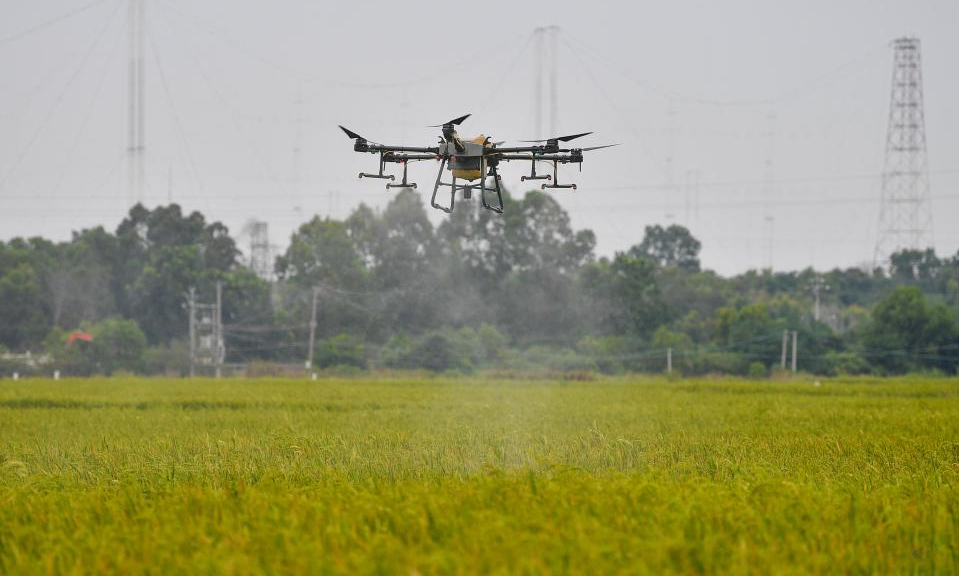New Zealand scientists use satellites, drones, ROVs to better understand marine life
WELLINGTON, Oct. 25 (Xinhua) -- A team of New Zealand scientists are investigating the better use of satellites, drones and remotely operated vehicles (ROVs) to improve the understanding of life under the ocean.
New Zealand's marine area covering 167,650 square kilometers presents a staggering distribution of climates, from subtropical to subantarctic waters, to understand and manage.
"But it's likely we know more about the surface of Mars than we do about the seafloor of our marine environment," said Leigh Tait, a marine ecologist at the National Institute of Water and Atmospheric Research (NIWA) on Tuesday.
To fill that void, a team led by Tait is working on the better use of satellites, drones and ROVs to improve the understanding of marine life. The research is part of the Surveillance Tools and Technologies Project led by Tait based in Christchurch.
"It's important because New Zealand's marine ecosystems face threats from climate change, habitat loss, land-use change and invasive species," Tait said.
The aim is to develop or optimize the monitoring and surveillance technology to protect aquatic environments from invasive species and to measure the state of the marine environment, he added.
Biosecurity surveillance relates to monitoring the occurrence of specific events. The broader use of the tools being developed by the program is for monitoring, mapping and assessment, he said.
There is an urgent need to understand how changes in the marine environment influence the services and values New Zealand receives from the land and ocean, said the marine ecologist.
"At the moment we don't have a lot of baseline information about the current state of our marine environment, let alone the extent to which our marine ecosystems have changed," Tait said.
The use of remote sensing provides the broad scale of observations that will establish time series data to determine what the main drivers of those changes are, he said.
Photos
Related Stories
- New marine platform to transform fishing and tourism
- China's marine economy logs steady growth in 2021
- China outlines marine-protection tasks for 2021-2025
- Greece highlights marine plastic pollution on World Environment Day
- China launches campaign to protect marine eco-environment
- China's marine satellites support coral reef protection in South China Sea
Copyright © 2022 People's Daily Online. All Rights Reserved.









